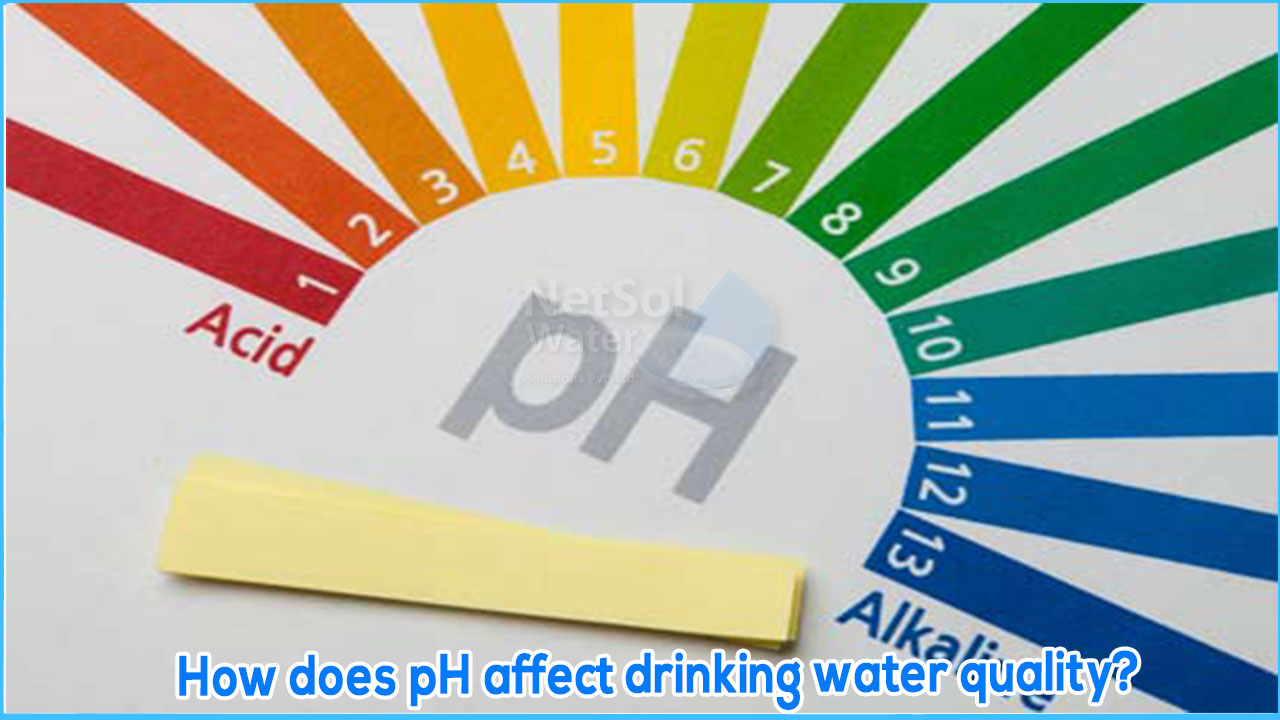What is the pH in drinking water?
In a word, the pH (potential of hydrogen) of your drinking water is a measurement of the concentration of hydrogen ions in it. A substance with a high quantity of hydrogen ions (in this case, water) is acidic and has a lower pH. A solution with a large amount of hydroxide ions, on the other hand, is basic (or alkaline) and has a high pH value. The pH of a substance determines whether it is acidic, neutral, or alkaline.
What pH my drinking water should have?
While the US Environmental Protection Agency (EPA) does not regulate pH in drinking water (primarily because it is seen as more aesthetic than harmful), it does recommend that municipal water suppliers maintain a pH of 6.5 to 8.5 on a scale of 0 to 14 – which is also a good guide for private well owners.
In an ideal world, the pH level of drinking water would be seven. However, due to the numerous factors that affect pH in water, this is rarely the case – which is probably why the organizations recommends a range of pH values rather than a single figure.
What effect does pH have on the quality of your drinking water?
Your houses drinking water, like some of the other chemicals, has a pH value. Drinking water should have a pH of seven and should be pure, balanced, and distilled, the majority of the time, however, this is not the case.Water gathers up elements of anything it comes into contact with as it flows through vegetation, soil, and bedrock. These newly introduced elements and minerals may cause water to become imbalanced as it travels to the source that feeds your home, whether it's a public water supply or a private well.
Water pH and Its Health consequences
The human body does a fantastic job of keeping its pH level in check. When mildly acidic water comes into contact with the saliva in your mouth and the acids in your stomach, it loses its acidity. With a pH of 2, our stomachs are very acidic, so slightly acidic water won't influence the pH of your stomach or harm your short-term health. Consumption of heavy metals is the biggest health concern when it comes to the pH of drinking water. Acidic water can dissolve some of the copper and lead in plumbing lines, which then ends up in your glass.While we need adequate amounts of copper in our diet, long-term exposure to high copper levels can cause serious health effects, including liver or kidney damage. Even short-term exposure can cause stomach problems, like nausea and vomiting.
Acidic water also poses a substantial risk of lead poisoning. Lead is an extremely dangerous metal that puts both children and adults at risk for health concerns like cancer, stroke, renal disease, cognitive problems, high blood pressure, and more when swallowed. While secondary contaminants such as iron, zinc, and manganese are categorised as such, high quantities of these pollutants in the body can cause a variety of health problems such as nausea, diarrhoea, stomach cramps, kidney illness, liver disease, and nervous system difficulties. Too much acidity in the body puts extra strain on your internal organs and has been related to a loss of bone density.
All these horrifying results of imbalanced water in terms of pH compel us to install a perfect RO system in our houses. Netsol RO system promises to achieve a desirable water standard with all the health benefits keeping in mind.




